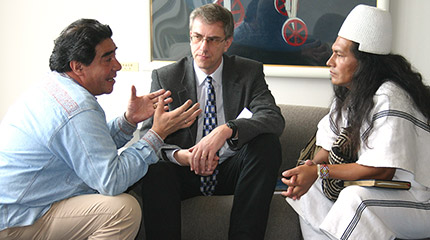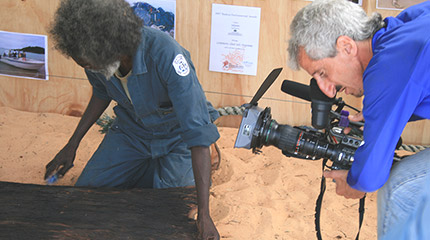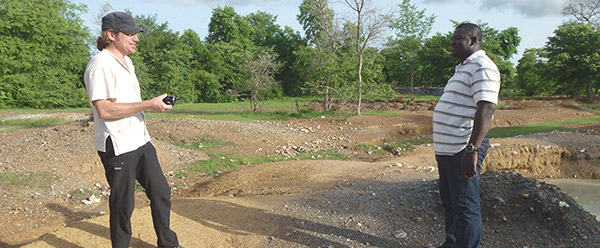SNSI and its partners tailor these approaches specifically to the conservation of sacred natural sites. This is mostly done through collaboration and through applying the approaches and methods in (field) projects. SNSI aims to over time make experiences with these approaches and methods accessible on its website and eventually in the form of learning materials.
Currently the following areas of approaches and methods are under development and being adopted by SNSI:
In addition to being a principle to SNSI, Free, Prior and Informed Consent is rapidly emerging as an approach or method in working with indigenous and local communities. FPIC is also of great importance to site custodians and communities caring for sacred natural sites.
Taking the communities own development processes as a start for development, based on cultural, material and spiritual aspects that are already present in the community. This approach is also known as 'development from within' or 'endogenous development'.
Law and Policy
The law is an important tool in improving recognition and protection of sacred natural sites and their custodians. A growing overview of national and international law helps custodians, their supporters, governments and companies to respect, secure and advocate their rights. Specific forms of policy guidance and advice are also being developed especially in the area of conservation of nature and culture.
Participatory video and documentary film
Participatory film and documentary film can be tools of empowerment and education to communities and the broader public. In the context of sacred natural sites specific sensitivities and will need to be observed. Although both methods are very different several principles and approaches form a useful guidance to film any project on sacred sites.
Communities make a statement of their traditional knowledge and practices that define a community’s cultural, spiritual and material well-being. They set out their own terms and conditions for sharing and accessing these resources based on their customary and mutually agreed conditions. The community statements are then bolstered with regional, national and international law that are relevant to protect these communal resources and helps guide external developments.
 Guillermo Rodriguez-Navarro, UNESCO's Thomas Schaaf and Rogelio Mejia Izquirdo of the Confederacion Indigena Tayrona discuss expanding the boundaries of Colombia's Sierra Nevada de Santa Marta Biosphere Reserve and National Park to include more of the sacres sites of the Tayrona people. Consultations like this have not only aided conservation strategies on the ground but also contributed to the development of international guidance for protected area managers.
(Source: Christopher McLeod 2005.)
Guillermo Rodriguez-Navarro, UNESCO's Thomas Schaaf and Rogelio Mejia Izquirdo of the Confederacion Indigena Tayrona discuss expanding the boundaries of Colombia's Sierra Nevada de Santa Marta Biosphere Reserve and National Park to include more of the sacres sites of the Tayrona people. Consultations like this have not only aided conservation strategies on the ground but also contributed to the development of international guidance for protected area managers.
(Source: Christopher McLeod 2005.)
 Sacred Land Film Project's Will Parinello is filming Dhimurru Aboriginal Corporation's Senior Cultural Advisor Mawalan Marika as he explains the art of bark painting at the annual Garma festival in north east Arnhem Land Australia. Examples of these documentary film approach can be viewed at the Sacred Land Film Projects website. (Photo: Bas Verschuuren 2007.)
Sacred Land Film Project's Will Parinello is filming Dhimurru Aboriginal Corporation's Senior Cultural Advisor Mawalan Marika as he explains the art of bark painting at the annual Garma festival in north east Arnhem Land Australia. Examples of these documentary film approach can be viewed at the Sacred Land Film Projects website. (Photo: Bas Verschuuren 2007.)




